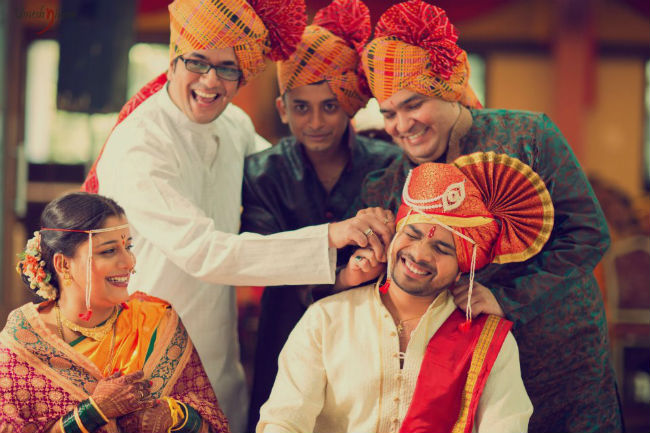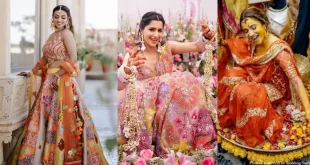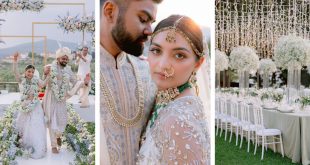Marathi weddings take place in a pretty simple and quite religious manner, sans all ostentation. It’s in the morning that most of the customs and ceremonies are performed with sincere devotion and faith. Once the perfect match is found and horoscopes are found to be compatible by a ‘purohit’, the auspicious time for wedding – ‘Muhurat’ is decided and preparations for the main event are set in motion.
The Pre-Wedding Ceremonies
Sakharpuda: Meaning the ‘sugar pooja’ literally, it is the very first ritual among many that are performed during the entire process of getting a Marathi boy and girl married. This is actually the Marathi-style, modest engagement ceremony in which the bride-to-be is gifted a sari, along with sugar and sweets by the family of the groom.
Kelvan: Both sides of the family get together for a Pooja of their ‘Kuldevta’ (Family Deity), seeking divine blessings for the pious union. This is followed by a meal that’s taken together heartily by all.
Halad Chadavane: In this essential turmeric ritual which is common to most Hindu marriages in India, the couple-to-be is smeared ‘haldi’ by ladies in the family, which is believed to be highly auspicious.
Simant Pooja: This takes place after the groom reaches the bride’s place. His feet are washed and an aarti is performed before him by the parents of the bride, as a mark of adoration and respect.
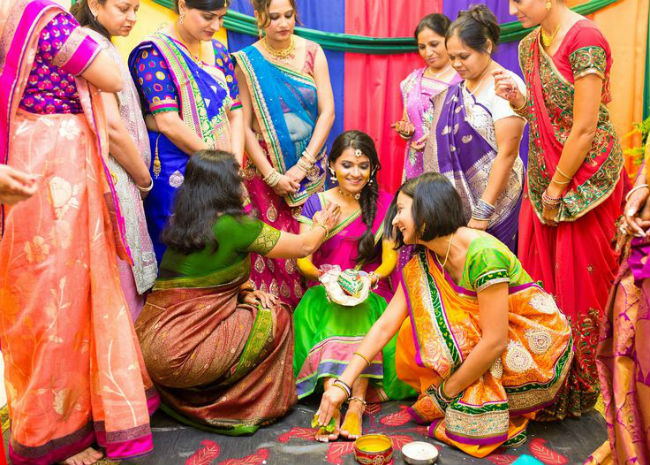
The Wedding-Day Rituals
The bride is escorted to the ‘Mandap’ by her maternal uncle. A silk piece of cloth known as ‘Antarpat’ is held up as a curtain between the bride and the groom which is removed once the ‘Mangalashtakas’ have been chanted. The couple exchanges the first glance and garlands, amidst cheerful blessings from the elders as they shower holy rice onto them.
Kanyadaan: Another very significant ritual! Parents of the bride perform kanyadaan, by proffering her hand to the groom for life, following which the latter puts the ‘Mangalsutra’ around his bride’s neck; also, he puts ‘Sindoor’ onto her forehead, sealing their sacred union.
Saptapadhi: The bride and the groom revolve around the sacred fire, taking the solemn 7 ‘pheras’ along with the formal wedding vows. This is followed by ‘Karmasamapti’, which involves invoking God’s blessings, through wholehearted worships, for the couple’s happy married life ahead.
A light-hearted fun custom is also performed at this time by the brother of the bride who gently twists the ear of the groom, indicating that the bride now is his responsibility for the entire lifetime.
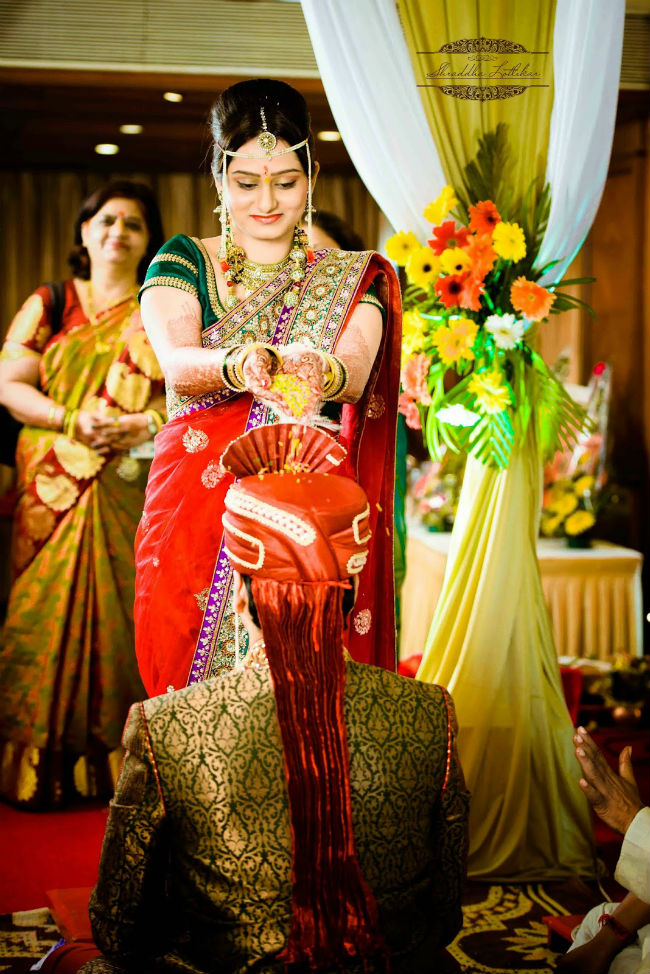
Post-Wedding Customs
Grihapravesh: Once the weddingrituals are complete and the groom brings home his new bride, the mother of the groom welcomes the daughter-in-law into their house, by washing the feet of the newlywed with water and milk. The bride enters her new home by giving a gentle push to rice-filled pot with her right foot. The ritual is believed to usher in happiness and prosperity with the entrance of the ‘Lakshmi’ of the house.
Reception: The bride wears the sari given to her by the groom’s family while the groom dons the attire gifted to him by the bride side at the reception function, after their wedding. All guests, who come to bless the newlywed couple at the reception are welcomed warmly and offered a lavish meal.
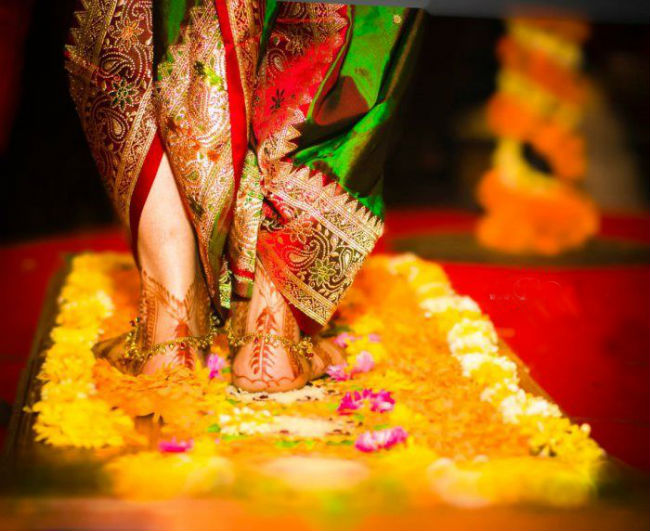
Looking for a place for wedding ? Browse and book best-suited wedding venues from VenueLook.com
 Event, Party & Wedding Planning Tips & Ideas for Celebrations Party and Event Planning Tips, Resources and Venues
Event, Party & Wedding Planning Tips & Ideas for Celebrations Party and Event Planning Tips, Resources and Venues
